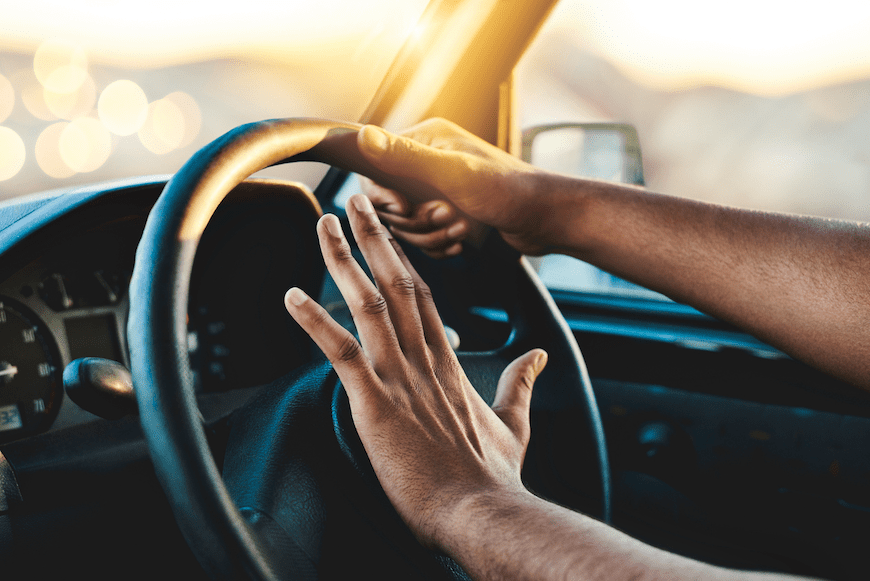A new advisory from US Surgeon General Vivek Murthy, MD calls attention to the growing concerns about the effects of social media on youth mental health.
Always Online
Social media activity among the youngest generations is nearly ubiquitous. Up to 95 percent of people between the ages of 13–17 have a social media presence. More than one-third say they are immersed in social media “almost constantly.” And, though most platforms claim to have minimum age requirements, the advisory report found that hasn’t stopped nearly 40 percent of children ages 8–12 from being on social media anyway.
It is not just the near universal use of platforms like TikTok, SnapChat, and Instagram that has experts worried, the advisory stressed. It’s the profound psychological impact.
Predicting Remission From Depression
The Advantages of LAIs in Early-Phase Schizophrenia
Olanzapine and Weight Loss in Early-Onset Schizophrenia
Negative Vibes
“The Surgeon General is right to be concerned about what social media does to our children,” said Hansa Bhargava, MD, a pediatrician and author of the American Academy of Pediatrics’ book Building Happier Kids, which provides guidance for children to develop safer social media habits. “It is absolutely creating some sort of dependency that goes along the same pathway as substance use dependency.”
Many complex factors are fueling the mental health crisis stoked by social media, Bhargava explained to Psychiatrist.com.
Extreme, inappropriate, and harmful content is among the worrisome content. Through direct pushes, unwanted content exchanges, and algorithmic designs, the youngest users are served up images and videos of self-harm activities, like partial asphyxiation and cutting. Studies suggest that exposure to this type of content normalizes the dangerous behaviors. Additionally, the evidence shows that viewing self-harm content can lead vulnerable kids on a path to self-harming themselves and even suicide pacts.
Vulnerable Groups
Bhargava said that social media may also perpetuate body dissatisfaction, social comparison, and low self-esteem, especially among girls.
“It definitely seems to have more of an impact on girls, especially between the ages of 10 and 14. It’s the time when they are trying to figure out their own identity and how they see themselves in the world. And that’s not a great time for a lot of negativity to be kind of pointed at them,” she said.
Minority children are especially vulnerable to toxic social media viewing as well. The advisory found that about two-thirds of adolescents are “often” or “sometimes” exposed to hate-based content. Among adolescent girls of color, one-third or more report exposure to racist content or language on social media platforms.
Furthermore, a review of 36 studies uncovered a consistent relationship between cyberbullying via social media and depression among children and adolescents. Adolescent females and sexual minority youth were the most likely to report being cyberbullied.
Bhargava agreed that cyberbullying is a real issue online. “It’s especially sensitive for a kid with any kind of disparity who may already be feeling like they might be an outcast. It makes them more vulnerable, for sure.”
Compulsive Use
While social media use does have some upsides, like helping people stay connected, it has an addictive quality that makes it an especially sticky habit. A quarter of teens spend at least five hours a day online. Close to 15 percent spend more than seven hours daily glued to their social feeds.
“Unfortunately, young brains are a very vulnerable target for social media addiction. Kids and adolescents and teens–their brains are not very well developed. So it’s much, much easier to target the amygdala, the prefrontal cortex and the frontal cortex.”
Indeed, a few small studies have shown that people with frequent and problematic social media use can experience changes in brain structure similar to changes seen in individuals with substance use or gambling addictions.
Compulsive use has been linked to everything from sleep problems to self-reported and diagnosed ADHD.
Setting Limits
Bhargava said the social platforms are beginning to put rules in place like time limits, warnings, and parental controls to help limit social media time among younger users. Some states are beginning to legislate those limits. Montana, for example, recently banned the viral video platform TikTok. And California passed a “social media transparency measure” that requires social media companies to publicly post their policies regarding hate speech, disinformation, harassment and extremism on their platforms, and report data on their enforcement of the policies.
Ultimately, parents are largely left on their own to help their children navigate through social media, Bhargava said. She likens it to driving. “You don’t just toss a kid the keys when they are 13. We have to wait until they are old enough to understand the responsibility and then teach them all of the rules and skills they need to be a good driver,” she explained.
Bhargava offered some useful tips to guide parents on safe social media use.
- Preventing reliance on social media is easier than rolling it back. So delay allowing them to sign up as long as possible. Once a kid starts surfing feeds, create a set of rules and stick to them. Consider having them sign a contract and placing it in a prominent place as a reminder.
- Communicate. Ask them what they are viewing and how they feel about it. Spot problematic interactions before they bubble up into the danger zone.
- Consider forming a kind of consortium with other parents in your child’s friend group. If everyone adheres to the same rules and limitations, they will become the social norm.
- Look in the mirror. How are you using social media? Curb your own behavior to set the right example.
Read the full Surgeon General’s advisory here.



